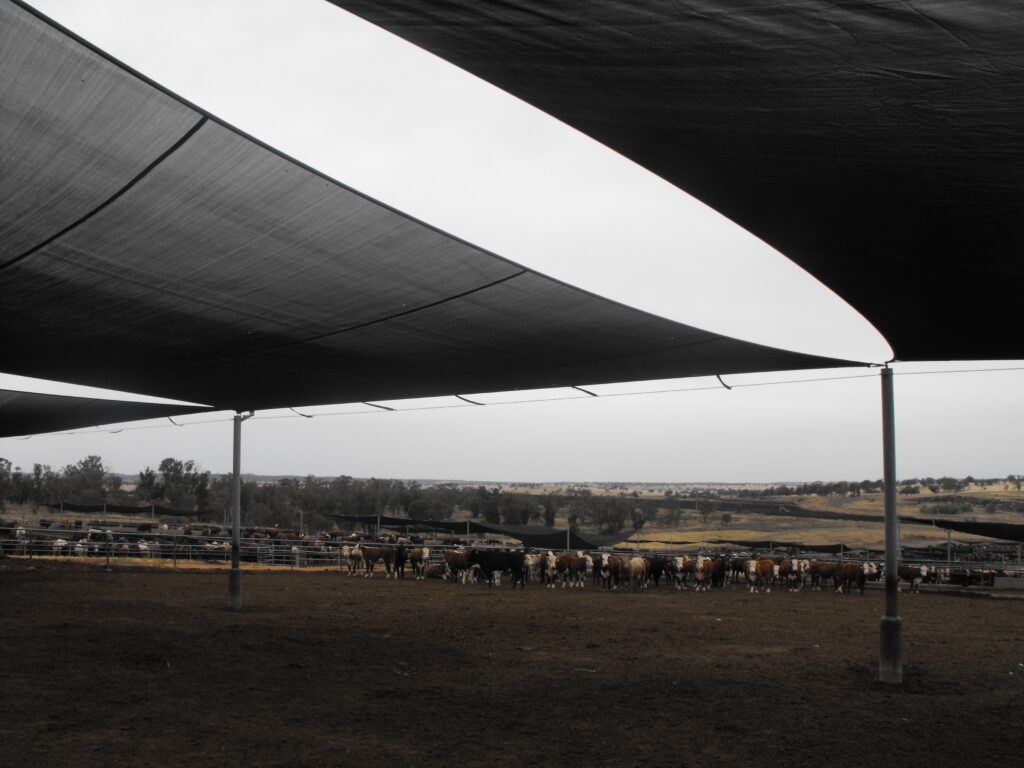
With the hotter months of summer about to begin the livestock operators should be starting to plan pre-summer examination to reduce the risk of heat stress in their livestock.
Examine your feedlot environment & infrastructure pre-summer should include:
Before the summer months your team should have an understanding of heat stress & excessive heat load & should have undertaken a certain amount of training so they can identify signs of heat stress.
As we all know a proactive approach to the management of heat stress is far more effective than a reactive response once a heat stress event has occurred!
Download our Free Livestock Shelter Guide which outlines the importance of shade for your cattle.